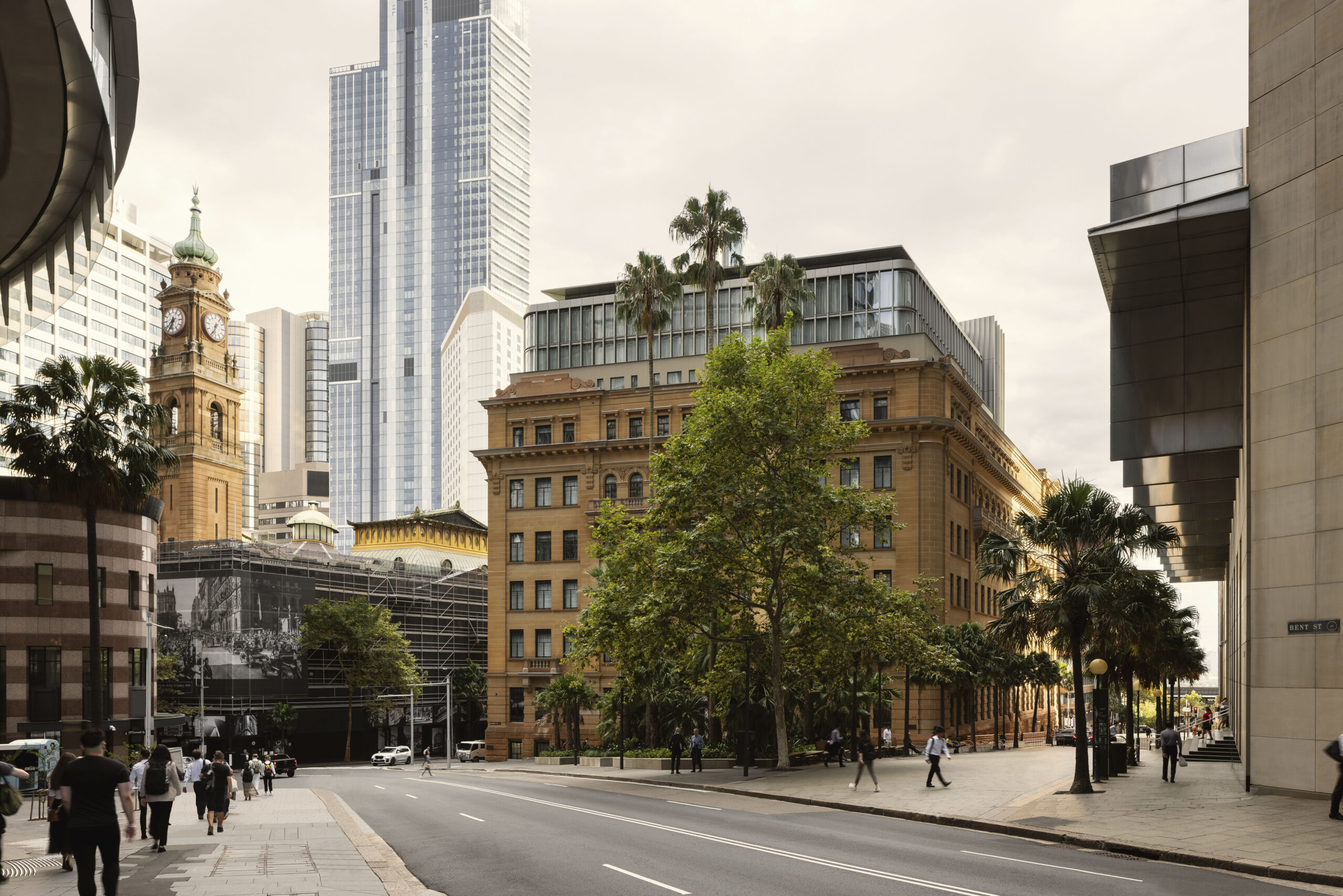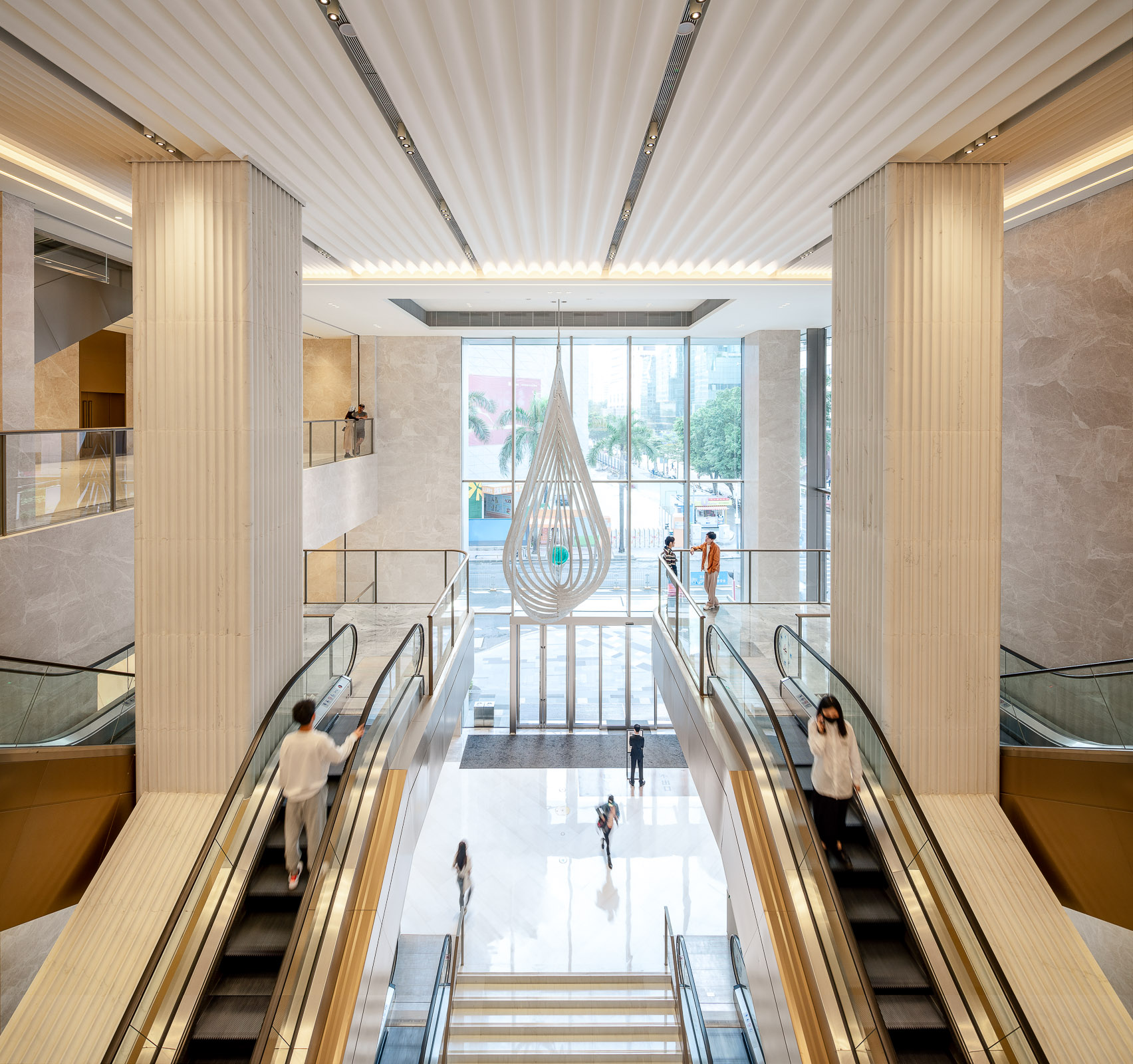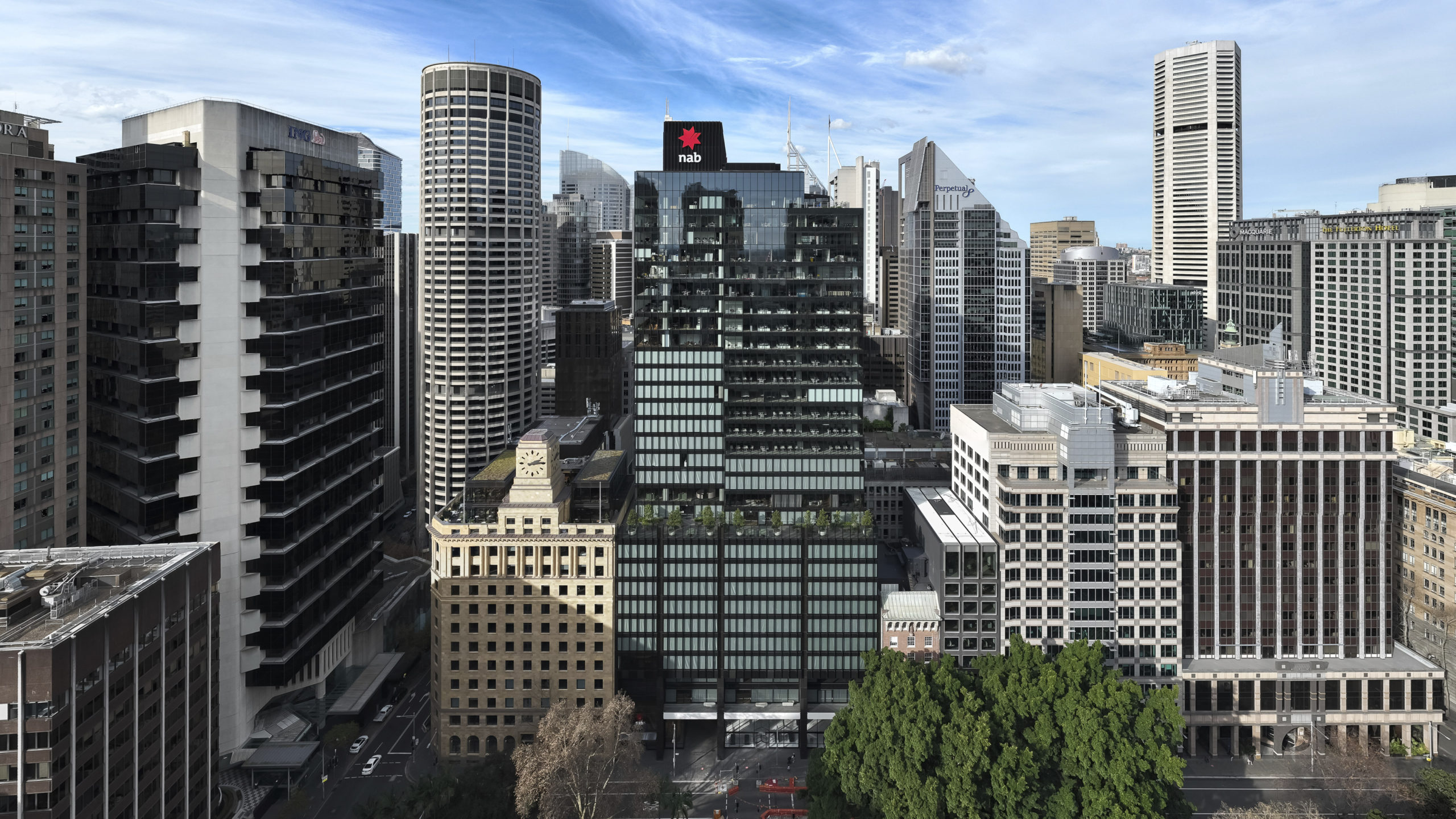
Modern education encourages social interaction between students, so we must create spaces to facilitate that.
The transformation of any existing building, listed or not, is a challenging undertaking. Heritage-led projects require bespoke solutions, customised to respect the building’s historic content and protect its long-term ambition. The transformation of historic school buildings in the 21st century is particularly complex, not just because of the changing delivery of education but also because of the sensitivities in working with historic fabric.
The National Heritage List for England contains over 500,000 listed buildings, of which over 5,000 are historic school buildings. These buildings are specifically celebrated for their special architectural and historic interest and are rare surviving examples of their kind. Listing protects them for future generations to enjoy and benefit from.
Other aspects also contribute to their heritage significance, including their social or cultural importance. These buildings have endured decades, or even centuries, of political, social and cultural change, including changing developments in teaching and learning. These buildings are vessels in which discoveries are made, friendships forged, and identities shaped. It is therefore imperative that these historic school buildings adapt successfully for 21st-century education.
The adaptation of historic spaces requires innovative solutions.


New demands
Teaching is no longer just about delivering content in a classroom setting. Self-studying expands beyond libraries as students may prefer meeting in different settings. Common areas are less utilitarian and take inspiration from non-school spaces like cafés and lounges. Wellbeing, biophilia, accessibility and inclusivity are much more emphasised in today’s learning environment.
Modern pedagogy encourage students to take an active role in their education, interacting with each other and their educators. At the University of Nottingham, Make’s Teaching and Learning Building provides new, adaptable technology and encourages social interaction. The learning spaces feature digital displays, interactive screens and lecture capture. The simple but essential provision of USB ports integrated within furniture creates flexibility. There are ample spaces for students to meet and socialise, arranged around learning labs, study rooms and a performing arts space.
Historic school buildings were of course not built for these contemporary developments. Adapting them requires in-depth knowledge of their existing nature and innovative solutions to transform them. Before proposing physical alterations, one should first consider changing a space’s use, as there may be minimal or non-material changes needed. Make’s repurposing of a Grade II-listed former municipal bank for the University of Birmingham transforms former offices into flexible studios for project-based learning activities, and upgrades the Assembly Hall and panelled rooms into events spaces. Our flexible design allows for easy adaptability should future needs change.
Multi-use spaces work well in buildings with inalterable footprints. Where new-build extensions are planned, consider how the new and old interface, architecturally and functionally. Other common challenges are accessibility and regulatory compliance, both of critical importance. In special circumstances, additional management procedures must be established if modern interventions significantly harm the building’s special interest.

A Grade II-listed building has been transformed into a civic laboratory at the University of Birmingham.
Constructive conservation
There is a misguided perception that listed buildings cannot be altered in any way. However, institutions such as Historic England and The Society for the Protection of Ancient Buildings emphasise that buildings must not simply exist but must continue to be in use – a requirement which often demands alteration. Therefore, it is essential that any adaptation ensures continuous occupation, and therefore maintenance. Historic England’s philosophy of ‘Constructive Conservation’ supports such works which advance a building and preserve its special interest.
The starting point of all heritage projects is a thorough understanding of the building’s significance and a detailed study of its contents and composition. This includes identifying original features, distinguishing modern additions, and uncovering its social narrative. This forms an understanding of how the historic fabric may be transformed, whether major alterations are needed, or if new interventions may be introduced sensitively. The building’s sub-division of spaces, quality of light, perception of volume, external expression and relationship with its context all give clues as to how it can be altered.
Substantial changes may require a more innovative approach or need to be reversible. There may be opportunities for extensions or new adjacent buildings; an understanding of the building’s setting will influence this. Protecting a building’s setting ensures that the appearance and appreciation of the building in its context is unharmed if changes are envisaged to its structure and surroundings.
Read Part Two of Regine’s blog series on considerations for listed buildings here.





































































































































































































































































